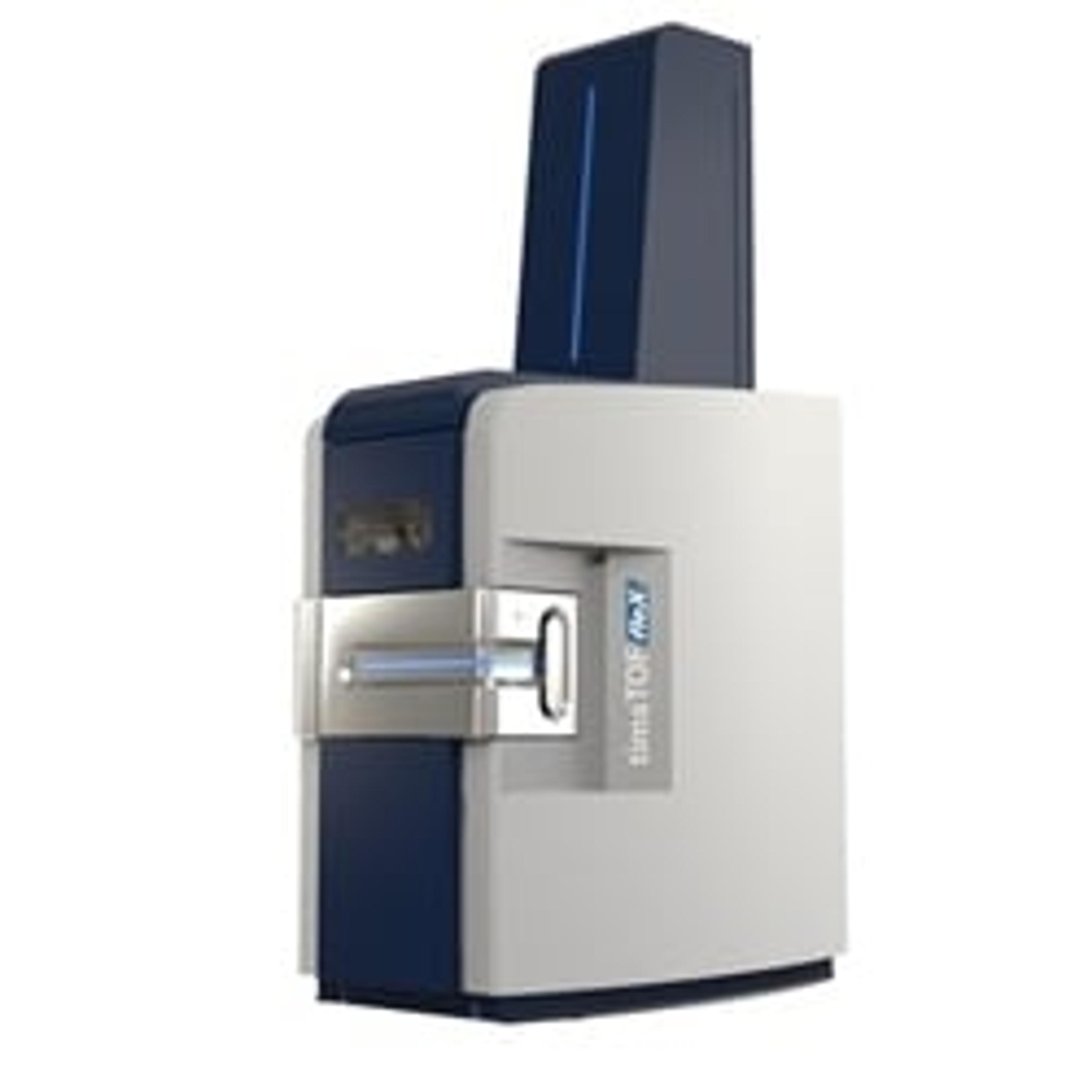Bruker announces major advances in CCS-enabled 4D proteomics at ASMS
CCS-enabled 4D proteomics offers major capability enhancements for timsTOF Pro 2, timsTOF fleX and timsTOF SCP mass spectrometers
4 Nov 2021
Dr. Rohan Thakur, Bruker’s EVP for life sciences mass spectrometry explained: “TIMScore developed by the Yates Lab at Scripps reduces peptide candidate ambiguity by evaluating predicted against experimental CCS, for forward and decoy/reverse peptides. The utility of CCS values augments DIA-NN in our collaboration with the Ralser Lab at Charité, and it also enhances the detection of PhoX™ crosslinked peptides in our collaboration with the Scheltema Lab at Utrecht University. Finally, the Marto Lab at Dana Farber Cancer Institute just published CCS-enabled prm Live with real-time retention time corrections for parallel targeted high-sensitivity, low CV quantitation of over 1800 peptides.”
PaSER powered by CCS-enabled DIA-NN for dia-PASEF workflows
Translational proteomics, requiring high-throughput, short gradients and uncompromised proteome depth is achieved using dia-PASEF, published in Nature Methods, and supported by various proteomics software packages including DIA-NN, Spectronaut, MaxQuant and PEAKS Online. The DIA-NN software version 1.8 incorporates a novel CCS module for deep neural network learning to score peptide spectrum matches in dia-PASEF.
In collaboration with Drs. Vadim Demichev and Markus Ralser at the Charité – Universitätsmedizin Berlin, Bruker is now integrating CCS-enabled DIA-NN into PaSER GPU-powered proteomics software for the timsTOF platform for enhanced identification and quantification. Professor Ralser and co-workers' work accelerates translational proteomics in large sample cohorts and is transformative by identifying >5000 quantified proteins in 5-minute acquisition times with dia-PASEF.
Dr. Markus Ralser, Einstein Professor of Biochemistry at Charité, commented: “We’ve been very impressed with the performance of the timsTOF Pro in our laboratories. We’re also pleased to see Bruker incorporating the open-source version of Vadim Demichev’s DIA-NN in its PaSER real-time proteomics workflows and look forward to working with Bruker to further improve 4D-Proteomics workflows.”
prm-PASEF Live increases the number of targeted peptides for high-sensitivity quantification
prm-PASEF workflows for parallelization of targeted compound acquisition maintain very high sensitivity while targeting more compounds than traditional PRM approaches. A new prm-PASEF editor can now be used independently or when Skyline™ is used to create prm methods. A recent paper by Professor Jarrod Marto et al. “PRM-LIVE with Trapped Ion Mobility Spectrometry and Its Application in Selectivity Profiling of Kinase Inhibitors” dynamically adjusts retention time windows for reproducible target scheduling using iRT peptides as retention time standards to quantify 1857 tryptic peptides from cell lysate in a 60 min acquisition. This innovative prm-PASEF Live concept overcomes chromatographic drift in retention time and improves the quantitative precision and reproducibility of multiplexing targets.
TIMScore for CCS-enabled database search engines
CCS values in 4D-Proteomics applications are used in post-processing for ‘match between runs’ for label-free quantitation. TIMScore now harnesses machine learning for a CCS-enabled algorithm enabling search engines to provide greater peptide and protein identification while retaining stringent false discovery rates (FDR). Hundreds of thousands of experimental data points were used to train a ML algorithm that can accurately predict CCS value of tryptic and phosphorylated peptides. Phosphorylation plays a critical role in cell signaling and biology, but phosphorylated peptides are more difficult to identify. TIMScore increased the number of phosphorylated peptides by >10% in unenriched leukemia cell line samples provided by Professor Eric Fischer at the Dana Farber Cancer Institute.
Professor Stanley Stevens at the University of South Florida added: “TIMScore increased the identification of phosphorylated peptides enriched from mouse microglia cell line by 11%. CCS values and 4D-Proteomics have become indispensable in our application of mass spectrometry-based proteomics. TIMScore shows promise to transform how DDA searches are performed, identifying many more meaningful peptides and proteins allowing us to go deeper into the proteome using CCS.”
Launch of OligoQuest™
Bruker’s new OligoQuest software in the GLP-ready BioPharma Compass suite offers enhanced RNA and oligonucleotide characterization. OligoQuest leverages high isotopic fidelity from maXis II and timsTOF Pro to characterize nucleic acid macromolecules, such as single-guide RNA as well as their impurities. Furthermore, fast PASEF acquisition maps complex mixtures derived from digested mRNA samples.
Co-developed with RiboDynamics, LLC, OligoQuest offers algorithms and workflows to annotate tandem MS data from oligonucleotide sequences >100 nucleotides. Dan Fabris, CEO of RiboDynamics and Harold S. Schwenk Sr. Professor at the University of Connecticut, explained: “Isotopic fidelity combined with ultra-high resolution mass spectrometry has shown tremendous promise for the analysis of highly modified RNA, but commercial software tools have been unavailable. Simplifying this analysis with OligoQuest will dramatically accelerate research and development in the RNA space.”
SCiLS autopilot for automating MALDI Mass Spectrometry Imaging (MSI)
Bruker introduces the automated setup of MALDI Imaging with SCiLS™ autopilot enabled by IntelliSlides™. SCiLS autopilot automatically conducts six key performance optimizations to quickly move from a prepared slide to acquisition of data. The scanned sample image is registered with on the barcode on the IntelliSlide, tissue margins are automatically detected, followed by automated multi-step optimization to decrease the time and expertise needed for MALDI Imaging, and to ensure reproducibility and image quality. Through SCiLS autopilot automation, MALDI Imaging can be easily integrated by non-expert users to add physiological tissue context to their 4D-Omics studies.
Dr. Michael Easterling, Bruker Director of MALDI Imaging, stated: “With market adoption of MALDI Imaging in biopharma, intelligent automation is important to ensure seamless integration of imaging and a driver of robust results. Deep platform integration of acquisition and processing software with imaging-optimized platforms, such as the timsTOF fleX, provides spatial physiological context to multiomics.”
Want the latest science news straight to your inbox? Become a SelectScience member for free today>>


